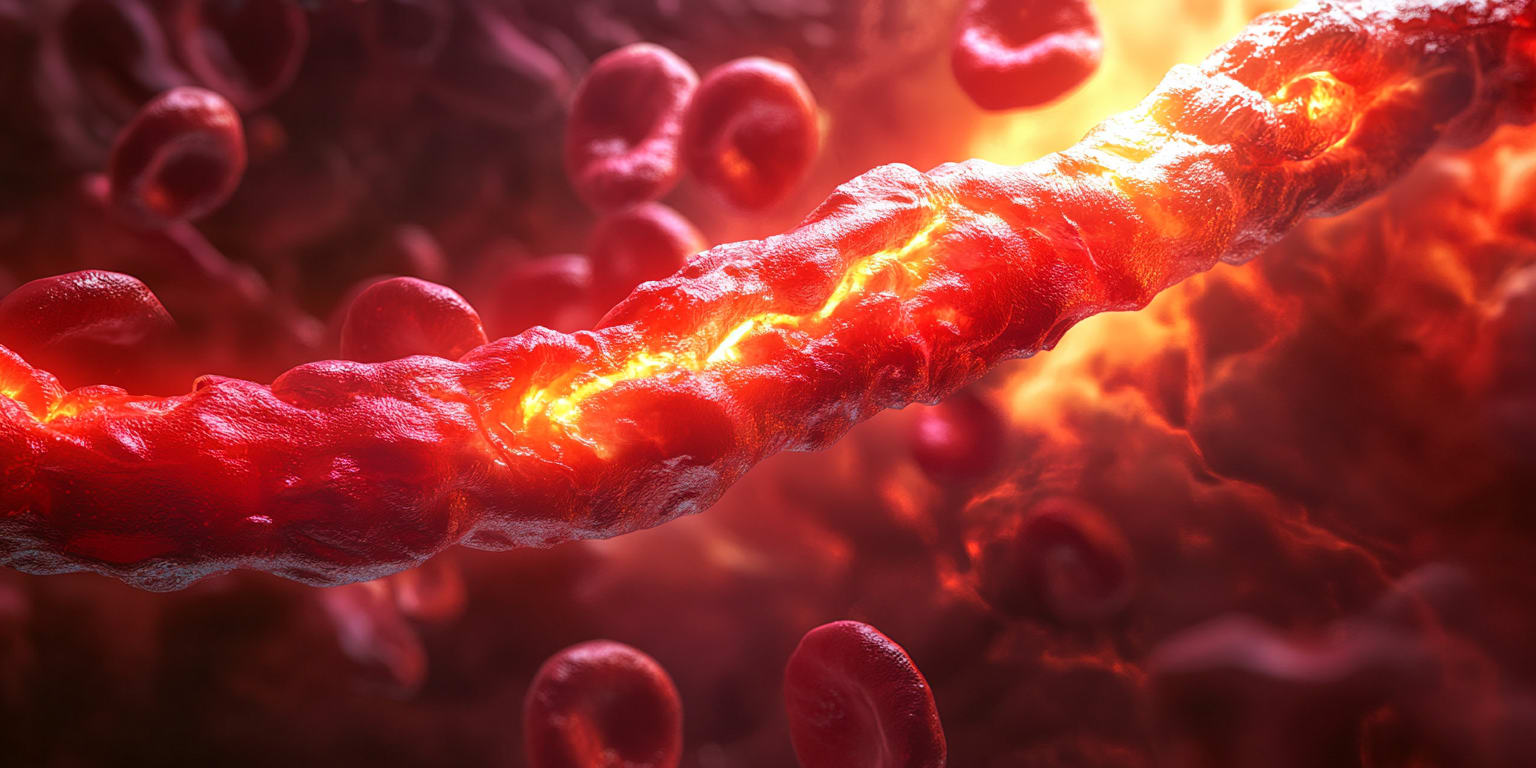Prostate Artery Embolization
Guide to Prostate Artery Embolization
Prostate Artery Embolization (PAE) is a minimally invasive image-guided procedure that reduces urinary symptoms caused by benign prostatic hyperplasia (BPH) by blocking blood flow to the enlarged prostate.

What is Prostate Artery Embolization?
Prostate Artery Embolization (PAE) is a minimally invasive, image-guided therapy for benign prostatic hyperplasia (BPH)—the non-cancerous enlargement of the prostate gland that can obstruct urinary flow. During PAE, an interventional radiologist threads a catheter through the blood vessels to the prostate arteries and injects tiny embolic particles, blocking blood flow to the gland. Deprived of blood, the prostate shrinks, relieving pressure on the urethra and improving urinary symptoms.
Why is the Procedure Performed?
PAE is performed to treat lower urinary tract symptoms (LUTS) caused by BPH, such as:
- Frequent urination—especially at night (nocturia)
- Weak or interrupted urine stream
- Urgency or difficulty starting urination
- Feeling of incomplete bladder emptying
- Urinary retention
PAE offers an alternative to surgical options like transurethral resection of the prostate (TURP) and laser therapies, with fewer sexual side effects and quicker recovery.
How is the Procedure Performed?
The procedure is carried out in an angiography suite under conscious sedation and local anesthesia:
- Vascular Access: A small incision is made in the wrist (radial artery) or groin (femoral artery). A catheter is inserted into the artery.
- Catheter Navigation: Under real-time fluoroscopy, the interventional radiologist advances the catheter into the prostate arteries on both sides.
- Embolization: Contrast dye outlines the arteries. Microscopic embolic particles are slowly injected, blocking the arterial branches that supply the enlarged prostate tissue while preserving surrounding structures.
- Completion: Adequate embolization is confirmed with imaging. The catheter is removed, and pressure or a closure device is applied to the access site.
The procedure typically lasts 60–120 minutes. Most patients are discharged the same day after a few hours of observation.
What are the Risks and Benefits of the Procedure?
- Benefits:
- Significant reduction in urinary frequency, urgency, and weak stream.
- Outpatient procedure with minimal downtime.
- Low risk of erectile dysfunction and retrograde ejaculation compared with surgical treatments.
- No general anesthesia or hospital stay required.
- Can be performed on patients with high surgical risk.
- Risks:
- Bruising or hematoma at the access site.
- Transient urinary urgency, frequency, or mild pelvic pain ("post-embolization syndrome").
- Urinary tract infection.
- Non-target embolization causing bladder, rectal, or penile ischemia (rare).
- Need for additional treatment if symptoms persist or recur.
Discuss these benefits and risks with your physician to determine if PAE is the right option for you.
Preparing for Prostate Artery Embolization
What to Expect During the Procedure
You will be awake but relaxed under conscious sedation. The access site will be numbed. You may feel mild pressure but should not experience significant pain. The procedure lasts about 1–2 hours.
Pre-op Instructions
- Fasting: Do not eat or drink for 6–8 hours before the procedure.
- Medication Review: Provide a complete list of medications, supplements, and allergies. You may need to adjust certain drugs, especially blood thinners.
- Pre-Procedure Tests: Blood tests, urinalysis, and imaging (ultrasound, MRI, or CT angiography) help map prostate arteries and rule out infection.
- Transportation: Arrange for a responsible adult to drive you home.
Medications to Avoid Before the Procedure
- Blood Thinners: Anticoagulants (warfarin, apixaban), antiplatelet agents (clopidogrel, aspirin) may need to be paused per physician instructions.
- NSAIDs: May be paused to reduce bleeding risk.
- Alpha Blockers / 5-Alpha Reductase Inhibitors: Continue or adjust per physician guidance.
- Herbal Supplements: Discontinue supplements like ginkgo or ginseng that increase bleeding risk.
What to Bring to the Surgery Center
- Medication List with dosages.
- Photo ID and Insurance Card.
- Comfortable Clothing for discharge.
What to Expect After the Procedure
- Immediate Recovery: Vital signs and access site are monitored. You may experience mild pelvic discomfort or increased urinary frequency, treated with medication.
- Discharge: Most patients go home the same day.
Post-op Instructions
- Activity: Avoid strenuous exercise and heavy lifting for 3–5 days. Light walking is encouraged.
- Access Site Care: Keep the bandage dry and intact for 24 hours, then follow dressing change instructions.
- Hydration: Drink plenty of fluids to flush contrast dye and reduce irritation.
- Medications: Take prescribed pain relievers and antibiotics as directed. Resume other medications per your doctor's advice.
Recovery Tips
- Rest: Plan for a few easy days after the procedure.
- Manage Discomfort: Use over-the-counter pain medication or prescribed drugs as needed.
- Monitor Urination: Keep a diary of urinary frequency and flow to track improvements.
- Healthy Lifestyle: Maintain a balanced diet, manage weight, and limit caffeine and alcohol to reduce urinary irritation.
When to Seek Medical Attention
- Emergency Symptoms: Severe pain unrelieved by medication, inability to urinate, heavy bleeding, high fever (>101°F), or signs of infection at the access site.
- Persistent Issues: Contact your physician if urinary symptoms worsen or do not improve over time.
By understanding the steps before, during, and after Prostate Artery Embolization, you can help ensure a smoother procedure and recovery. Always follow your healthcare provider's instructions and communicate any concerns promptly.
Frequently Asked Questions
Kyphoplasty
Kyphoplasty is a minimally invasive procedure that stabilizes spinal compression fractures and restores vertebral height by injecting bone cement after balloon expansion.
Spinal Cord Stimulator Implantation
Spinal Cord Stimulator (SCS) implantation is a minimally invasive procedure that places electrodes near the spinal cord to modulate pain signals and alleviate chronic pain.
